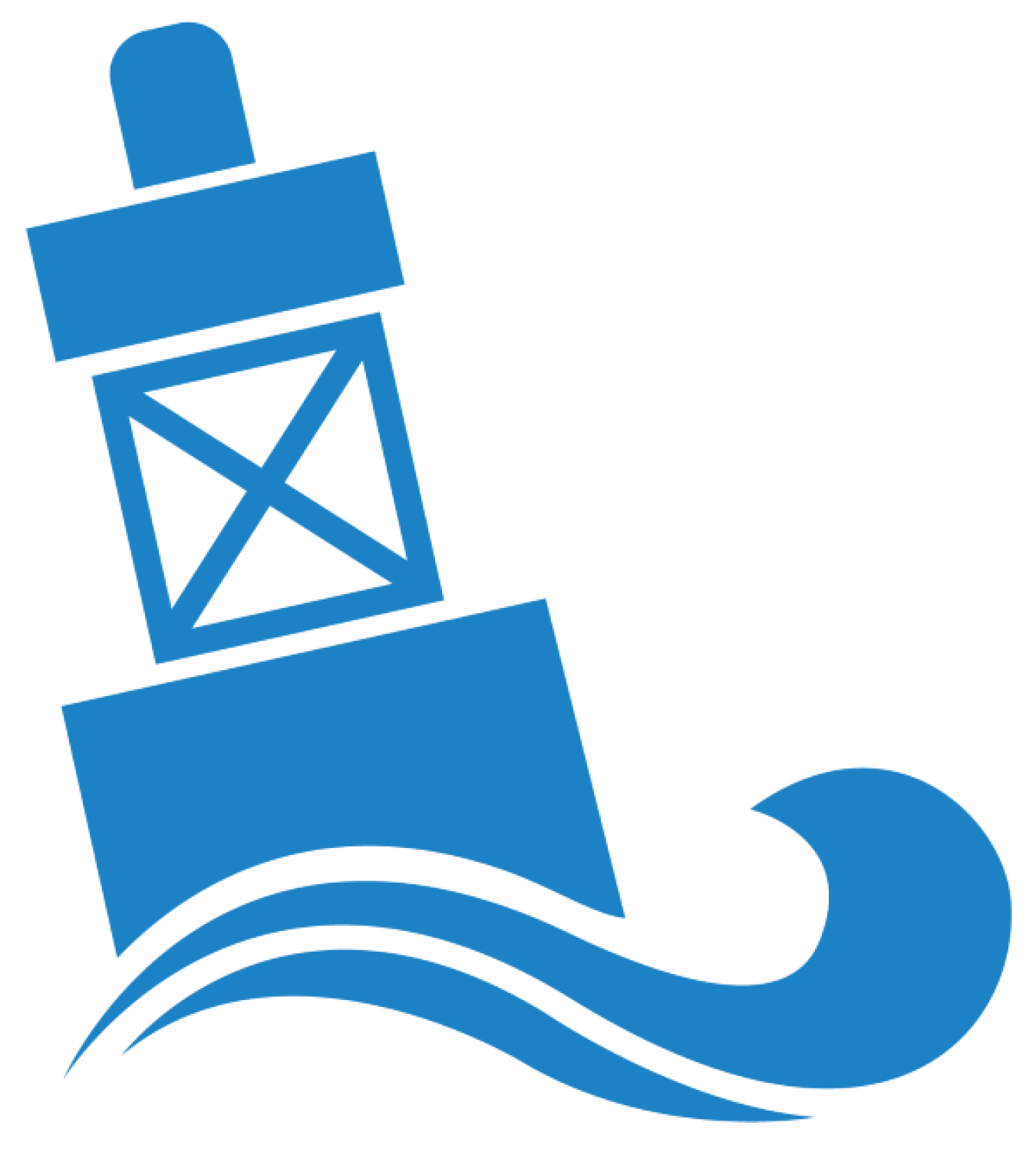Team conducts in-water demonstrations for a novel “Water Horse” hydrokinetic device that sits above rushing rivers, taking a first step to collect data to analyze its true costs and validate its potential as a reliable, lower-cost source of clean energy.
Water Power Technologies Office
March 9, 2022Marine Energy Program
Technology-Specific System Design and Validation
Project Name: University of Alaska Fairbanks’ Water Horse Hydroelectric Harvester Development
Project Team: University of Alaska Fairbanks (lead) and Renerge, Inc.
Lead Recipient Location: Alaska

With funding from the U.S. Department of Energy’s Water Power Technologies Office, researchers at the University of Alaska Fairbanks worked with Renerge, Inc. to create and test a river-based device that sits above the water—as opposed to other designs that rest on or near a riverbed or seabed. The so-called Water Horse submerges just one steel pipe to “gallop” in river currents.
Rivers and oceans can be inhospitable environments for technology. Salt corrodes; rocks, sand, and ice can tumble at sometimes aggressive speeds; constantly churning waters can slowly wear materials down. Positioning the Water Horse above the water helps to avoid the water’s most destructive forces altogether.
The device might not produce as much energy as other designs. However, because it is better protected and could be built with less expensive, off-the-shelf materials, it could require less maintenance and last longer in the water, making it a potentially more reliable, lower-cost, long-term source of clean energy.
The Water Horse design harnesses energy from river currents with a technique called vortex shedding. A steel pendulum, like a small crane, hangs in flowing water. As the current rushes around the tip, that motion rocks the pendulum up and down, like a galloping horse. Renerge, Inc. created the design and asked the University of Alaska Fairbanks for help designing a power take-off, that translates that galloping motion into electricity to power a generator.
The Alaskan research team took the Water Horse out for two runs in their Tanana River test site in Nenana, Alaska. The first five-day trial in 2020 gave the team enough data to improve their prototype. During the second gallop, which took place over 10 days during the summer of 2021, they installed two devices, one upstream of the other, to examine how wakes from the upstream system affected the performance of the one downstream. Because the gallop motion creates uneven bursts of energy, they also developed a way to smooth it into a steady stream.
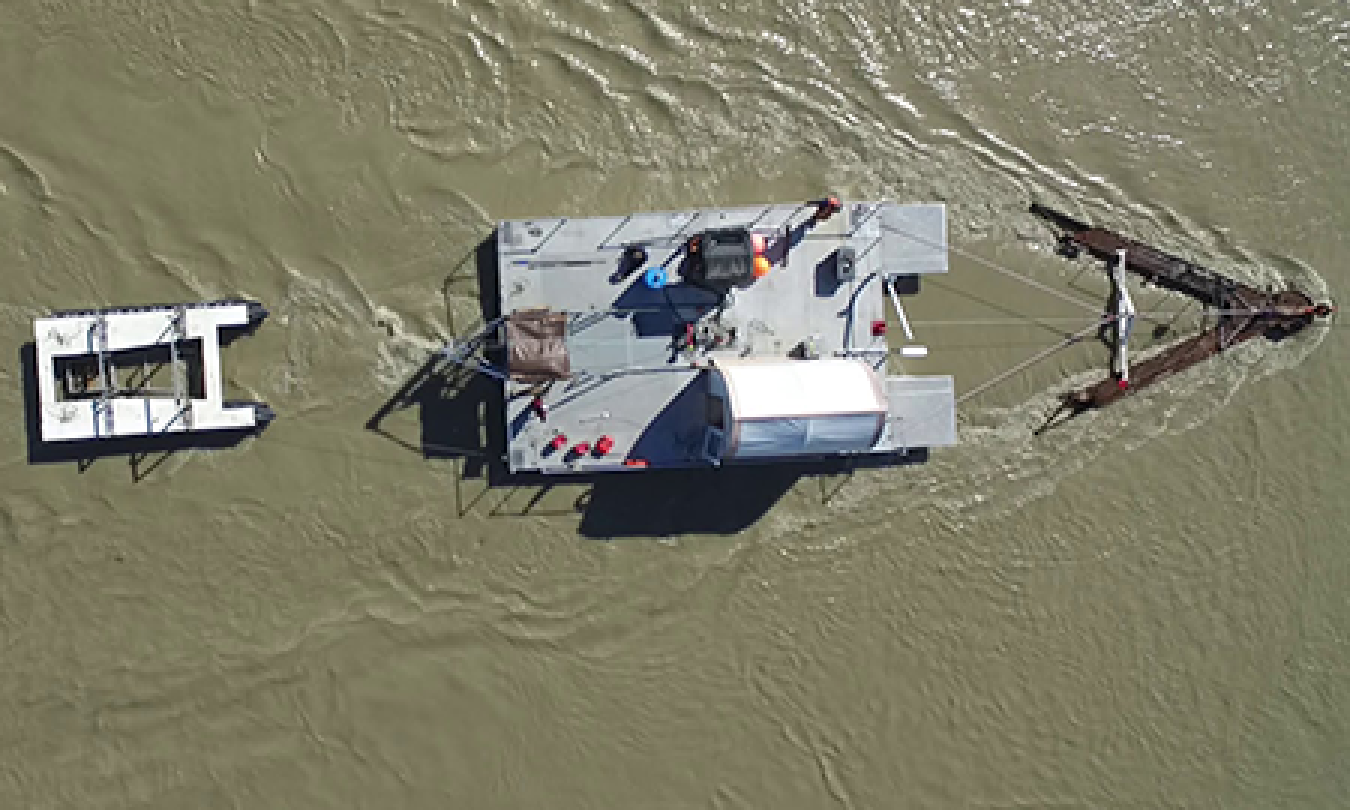
Because the Water Horse’s electronics, bearings, and gears stay above the river’s surface, the risk of damage from fast-flowing debris is low, making it a potentially more reliable choice for rivers with higher levels of sediment. Photo courtesy of University of Alaska Fairbanks
The results were even better than they hoped. Their new design proved to be more efficient and half the price of their previous device. And in Alaska, cost is especially important. The state’s energy prices are the second highest in the United States. Today, many communities still rely on expensive and polluting shipments of diesel. But a clean source of energy flows near almost every Alaskan community, no matter how remote: water.
Because Renerge, Inc.'s priority is to build an affordable hydrokinetic technology, the researchers plan to use the summer 2021 data to calculate the device’s levelized cost of energy—how much it costs versus how much energy it produces over its lifetime. The design could be even more cost-effective if communities use pre-existing structures, like bridges, to mount the device and if the Water Horse is built with readily available materials, making it simpler to maintain and repair.
The above-water design helps, too. Because the more fragile electronics, bearings, and gears stay out of the river, the risk of damage from fast-flowing debris is low. Even if damage occurs, it’s easier and less expensive to fix than an underwater turbine. So, for debris-prone rivers, the Water Horse may be the more reliable choice. As one University of Alaska Fairbanks researcher put it, the quest to design marine energy devices for Alaskan rivers is still a horse race. And the Water Horse has a strong gallop.
Technology-Specific System Design and Validation Projects
-
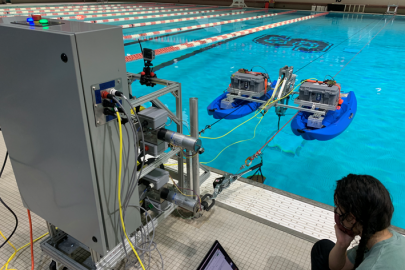 Research team conducts tests to advance a flying underwater kite that could power deep sea research by harnessing and storing clean ocean energy from slow-moving currents.
Research team conducts tests to advance a flying underwater kite that could power deep sea research by harnessing and storing clean ocean energy from slow-moving currents. -
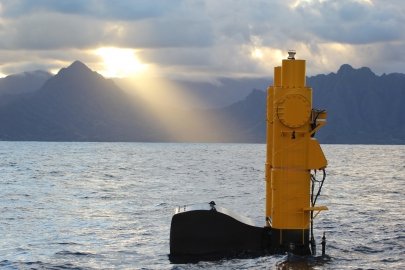 WPTO-supported committee publishes new internationally recognized standards that will pave the way for the most promising marine energy technologies to achieve commercialization.
WPTO-supported committee publishes new internationally recognized standards that will pave the way for the most promising marine energy technologies to achieve commercialization. -
 Team of industry and academic researchers advance the validation of a novel floating oscillating surge wave energy converter at the Stevens Institute of Technology in New Jersey.
Team of industry and academic researchers advance the validation of a novel floating oscillating surge wave energy converter at the Stevens Institute of Technology in New Jersey. -
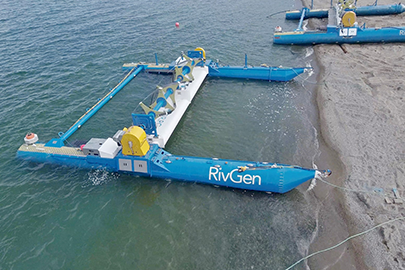 Two deployed river hydrokinetic system help power Igiugig, Alaska, simultaneously reducing diesel dependence and supporting a local workforce.
Two deployed river hydrokinetic system help power Igiugig, Alaska, simultaneously reducing diesel dependence and supporting a local workforce.
WPTO's Marine Energy e-newsletter shares news and updates on tools, analysis, and emerging technologies to advance marine energy.
The WPTO e-newsletter brings funding opportunities, events, publications, hydropower, and marine energy updates directly to your inbox.


